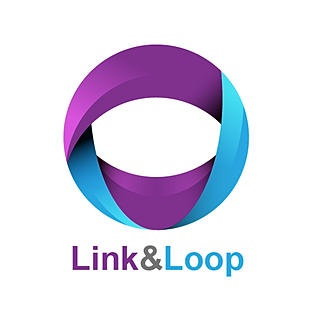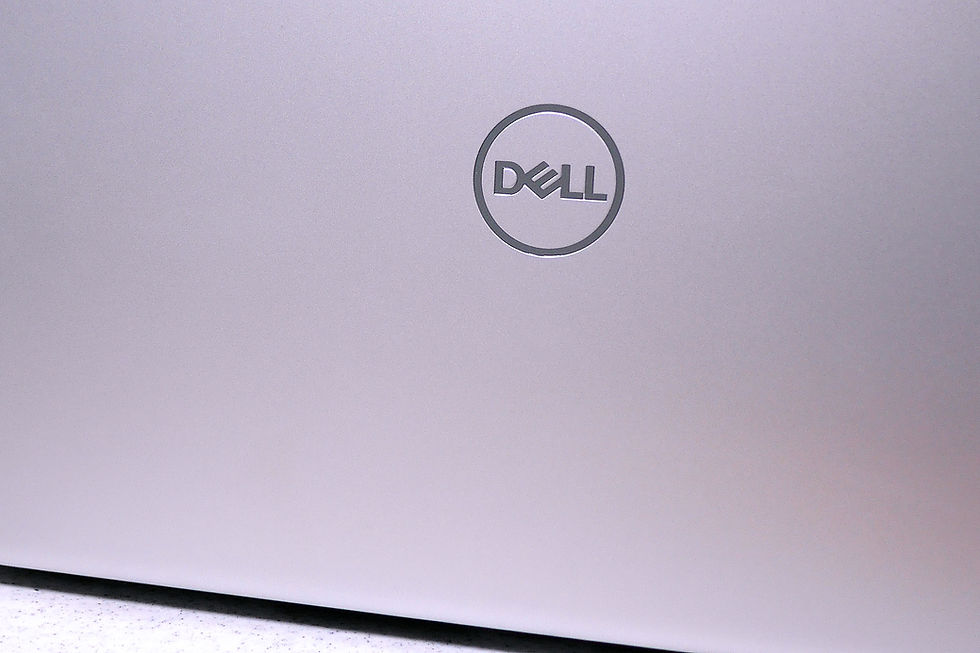IKEA’s Circular Sourcing Model
- Link and Loop
- Jan 26, 2019
- 2 min read
Updated: Jul 1, 2020

IKEA’s Vision
Ingvar Kamprad the founder of IKEA said, “Waste of resources is one of the greatest diseases of mankind. Use your resources the IKEA Way. Then you will achieve good results with small means.”
IKEA’s vision for 2030 follows Ingvar Kamprad’s desire to reduce resources wastage. By 2030, IKEA aims for 100% of their products to have circular capabilities, 50% of materials to come from secondary sources and finally to set expected lifetimes for all of their products.

Linear to Circular Economy
IKEA is taking a strong stand by pushing their entire company to move from a linear economy to a circular economy. Originally, they followed the usual business model of extracting raw materials to creating parts for supply, then onto manufacturing, distribution of goods to the user/consumer. Finally, they would end up incinerated and/or dumped into a landfill. IKEA is now trying to adopt more of a circular economy, they are doing this in 3 ways.
Firstly, through democratic design focusing on quality, form, function, sustainability and low prices. Quality refers to the ability to prolong a product’s life through maintenance, repairing, refurbishing and having adequate numbers of spare parts. Form comes into play by designing the full lifecycle of every product. Function increases the versatility of products. Sustainability is achieved by designing for separation of materials and optimal production. Whilst low prices are achieved by utilizing material from second sources whenever it is appropriate.
Secondly, through production & internal waste. Some examples include products such as the TANUM rug, which is made entirely from leftover IKEA bed linen production materials. Their PS vase is made from re-melted recycled glass that was rejected due to defects or bubbles. And, their FNISS waste bin is created from their own waste materials.
Lastly, IKEA is pushing to create products made locally. Within Taiwan, they are advocating for products made in Taiwan because of the islands strong commitment to sustainability, circularity, and ethical standards.
Conclusions
It is clear that IKEA, the leading global home furnishing manufacturer, wants to be at the forefront of the circular economy. By putting in place a sound plan to achieve their 2030 vision they could very well create a path for sustainability and inspire other companies to follow suit.
*This is speech summary from the Link and Loop Workshop which was edited and compiled by the Link and Loop team. It was written and reported with the best available knowledge from the talk. There may be information discrepancies. Please contact the speaker for clarifications.




Comments